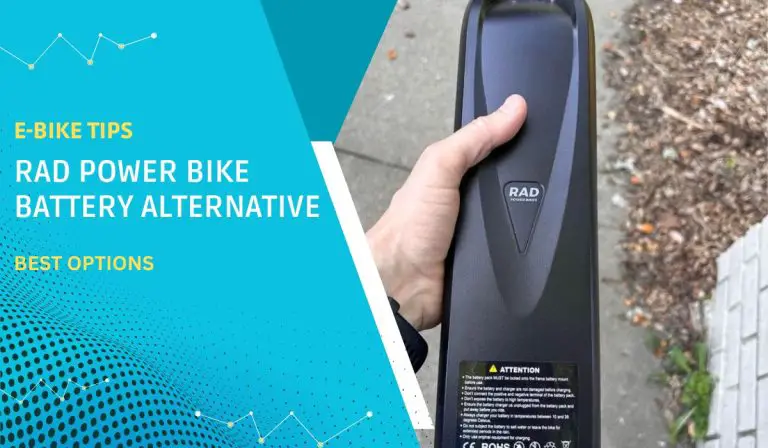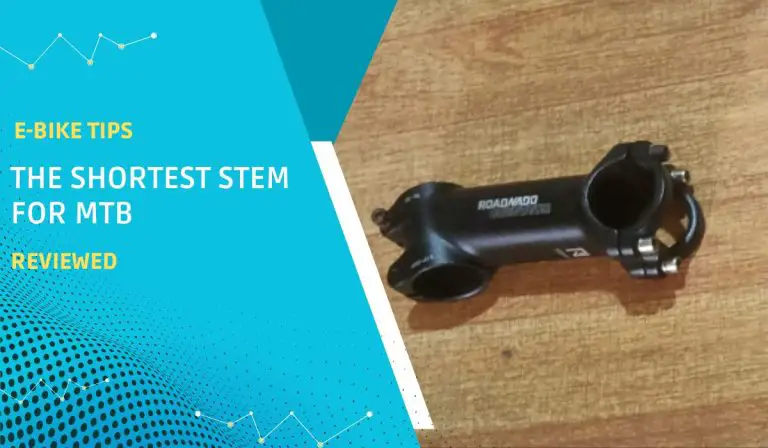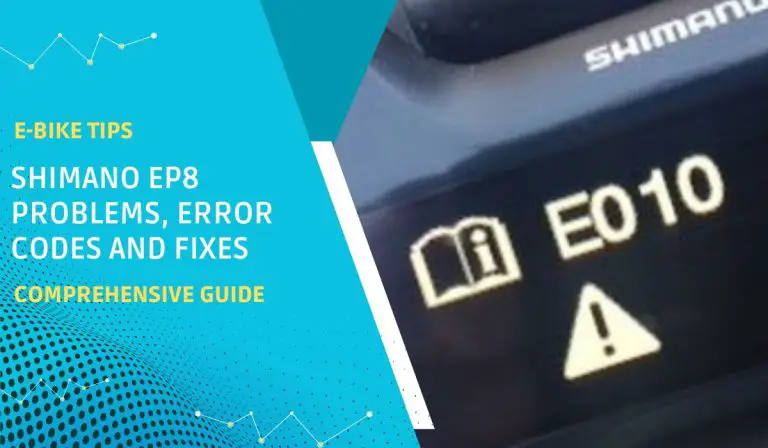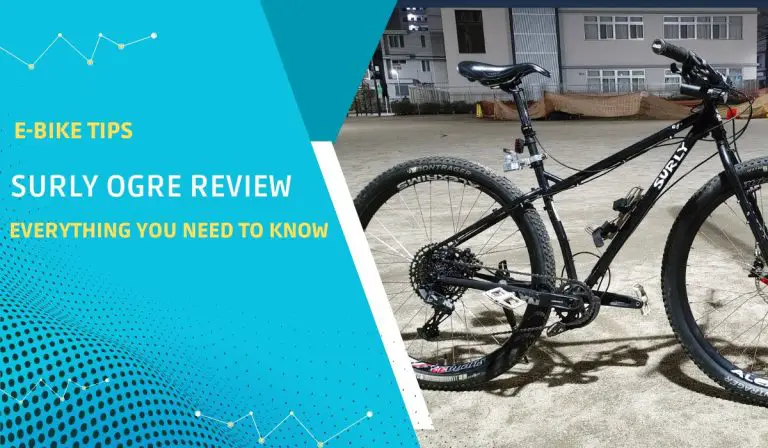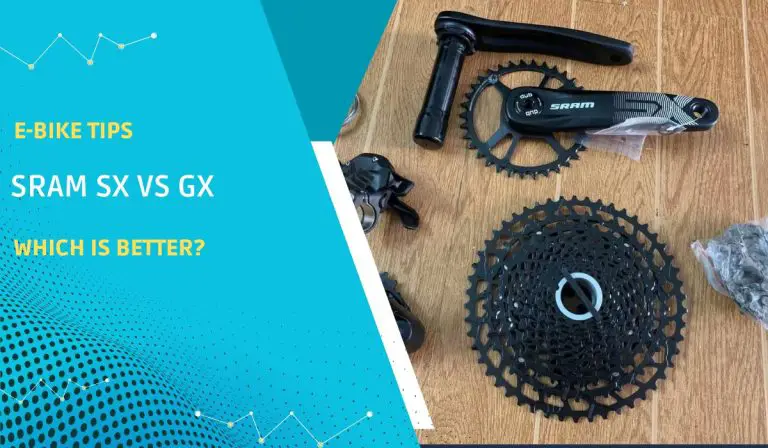The best Rad Power Bike battery alternatives are the Bolton 48V 14Ah Battery, Litespeed 52V 17.5Ah Battery, and Ebikeling 48V 13Ah Battery. These batteries are easy to install and provide a longer range and more power than the stock battery, making them a great option for those who want to extend their riding distance or ride in more challenging terrain.
I’m a big fan of Rad Power Bikes. I’ve owned a RadRunner for the past few years and love taking it on long rides around my city. But one of the things I’ve found challenging is finding a reliable battery alternative. When the stock battery that came with my bike started to show its age, I was worried about it dying on me mid-ride. So, I did a lot of research and tested out some Rad Power Bike battery alternatives, and I’ve found a few that I think are worth considering.
In this article, I’ll share my experience with these batteries and help you choose the best one for your needs. I’ll also give you some tips on installing and maintaining them.
Skip To Section Here
Rad Power Bike Battery Alternative
During my search for Rad Power Bike Battery Alternatives, I came across an old Reddit post that advised one to get any 48V–52V battery. He went on to recommend Bolton and Litespeed batteries. I added them to my list of batteries I needed to test out on my bike. Today, I’ll only discuss my top 3 Rad Power Bike battery alternatives from the long list of batteries I purchased to test:
- Bolton 48V 14Ah Battery
- Litespeed 52V/17.5Ah Battery
- Ebikeling 48V 13Ah Battery
1. Bolton 48V 14Ah Battery
The Bolton 48V 14Ah Battery is a great option for those who want a high-quality battery compatible with most Rad Power Bike models. It has a long-range and a fast charging time.
The Bolton battery has a nominal voltage of 48 volts and a capacity of 14 amp-hours. This means that it can store 672 watt-hours (Wh) of power. This is significantly more than the original Rad Power Bike batteries, which typically have a capacity of 11.6 or 13 amp-hours and store 557 or 624 Wh, respectively.
The Bolton battery also has a fast charging time. It can be fully charged in about 6 hours using the included charger. This is significantly faster than the original Rad Power Bike batteries, which can take up to 10 hours to charge.
The Bolton battery is also compatible with most Rad Power Bike models. This includes the RadRunner, RadCity, RadMission, RadRover, and RadMini.
Pros:
- Higher capacity and wattage
- Faster charging time
- Built-in USB port that can be used to charge other devices
Cons:
- It doesn’t come with a mountain brace or jacket.
- It may not fit all Rad Power bikes.
2. Litespeed 52V/17.5Ah Battery
The Litespeed 52V 17.5Ah Battery is a powerful and long-lasting battery that is compatible with most Rad Power Bike models. It has a nominal voltage of 52 volts and a capacity of 17.5 amp-hours, which means it can store 910 watt-hours (Wh) of energy. This is much higher than the original Rad Power Bike batteries, which have a capacity of 11.6 or 13 amp-hours and store 556 or 624 Wh of energy, respectively.
The Litespeed battery also offers a longer range than the original Rad Power Bike batteries. According to the range calculator on the Rad Power Bikes website, a Rad Power Bike with a Litespeed 52V 17.5Ah battery can travel up to 60.66 miles on a single charge for a 200-pound rider on flat terrain. This is about 20 miles more than the range of the original batteries.
Pros:
- More power and range than the original Rad Power Bike Batteries
- It has a built-in USB port for charging devices.
- It can last for several hours on a single charge.
Cons:
- Expensive
- The charging time is longer than some other options.
3. Ebikeling 48V 13Ah Battery
The Ebikeling 48V 13Ah Battery is a more affordable option with a good-quality battery. It is compatible with some Rad Power Bike models, but not all.
The Ebikeling battery has a nominal voltage of 48 volts and a capacity of 13 amp-hours. This means that it can store 624 watt-hours (Wh) of power. This is less than the original Rad Power Bike batteries, which have a capacity of 14 Ah (672 Wh) or 10.5 Ah (504 Wh), depending on the model.
The Ebikeling battery also has a fast charging time. It can be fully charged in about 6 hours using the included charger. This is similar to the original Rad Power Bike batteries, which charge for 4 to 6 hours.
Pros:
- Affordable
- Fast charging time
- Good quality and safety
Cons:
- Lower capacity than the original Rad Power Bike batteries
- May require additional adapters or connectors.
Comparison of the Different Rad Power Bike Battery Alternatives
| Feature | Bolton 48V 14Ah Battery | Litespeed 52V/17.5Ah Battery | Ebikeling 48V 13Ah Battery |
| Price | $399.99 | $499.99 | $349.99 |
| Voltage | 48V | 52V | 48V |
| Capacity | 14Ah | 17.5Ah | 13Ah |
| Energy | 672Wh | 910Wh | 624Wh |
| Weight | 7.8lbs (3.5kg) | 9.9lbs (4.5kg) | 8.8lbs (4kg) |
| Charge time | 4-5 hours | 8-9 hours | 5-6 hours |
| Discharge content | 30A continuous, 50A peak | 40A continuous, 60A peak | 30A continuous, 40A peak |
| Cycle life | 800 cycle | 800 cycle | 800 cycle |
| Warranty | 1 year | 1 year | 1 yeat |
How to Choose the Right Rad Power Bike Battery Alternative
- Your budget
Battery prices vary widely, from around $200 to $600 or more. Setting a budget before you start shopping is important so you don’t overspend.
- Your riding needs
How far do you typically ride? How much elevation gain do you encounter? These factors will affect the size and power of the battery you need. If you typically ride short distances, you can get away with a smaller battery. However, if you ride long distances or encounter a lot of elevation gain, you will need a larger battery with more power.
- Compatibility with your bike
The battery’s compatibility with your bike is important because it ensures it will fit properly and can communicate with its electronic system. If you choose a battery that is incompatible with your bike, it may not fit properly or cannot communicate with the bike’s electronic system. It could lead to problems such as the battery not charging properly or the bike not starting.
- Warranty
Some batteries have a warranty, giving you peace of mind if something goes wrong. The warranty period will vary depending on the battery manufacturer.
- Voltage and capacity
The battery’s voltage determines how much power it can deliver, while the capacity of the battery determines how far you can ride on a single charge. The battery’s voltage is measured in volts (V), and the capacity of the battery is measured in amp-hours (Ah). A higher-voltage battery will provide more power, while a higher-capacity battery will allow you to ride further on a single charge.
- Charging time
The charging time is important if you need to be able to recharge the battery after a ride quickly. The charging time will vary depending on the battery’s capacity and the charger you use.
- Weight
The weight of the battery is important if you are carrying it with you. Some batteries are heavier than others, so it is important to choose a lightweight battery if you need to carry it or store it. Some batteries can weigh up to 10 pounds, so it is important to choose a lightweight battery if you need to carry it.
Tips for Maintaining Rad Power Bike Battery Alternative
- Store your battery in a cool, dry place. Extreme temperatures can damage the battery.
- Avoid overcharging and over-discharging your battery. Overcharging can damage the battery cells, while overcharging can shorten the battery’s lifespan.
- Let your battery cool down before charging it. Charging a hot battery can damage the battery cells.
- Keep your battery clean. Dirt and debris can build up on the battery and cause problems.
- Inspect your battery regularly for damage. Replace the battery if you see any cracks, dents, or other damage.
- Use a quality charger. Using a cheap or low-quality charger can damage the battery.
- Replace your battery every 2–3 years. The battery’s lifespan will decrease over time, so it’s important to replace it regularly.
Which Rad Power Bike Battery Alternative is Best?
The Bolton 48V 14Ah battery has a nominal voltage of 48 volts and a capacity of 14 amp-hours. This means that it can store 672 watt-hours (Wh) of power. It has a fast charging time of 6 hours and is compatible with most Rad Power Bike models. A one-year warranty also backs it.
The Litespeed 52V 17.5Ah battery has a nominal voltage of 52 volts and a capacity of 17.5 amp-hours. This means that it can store 910 watt-hours (Wh) of power. It has a longer charging time of 8 hours and a longer range than the Bolton battery. It is also compatible with most Rad Power Bike models. It has a one-year warranty.
The Ebikeling 48V 13Ah battery is a moderate battery that can hold 624 Wh of energy. It has a voltage of 48 volts and a capacity of 13 amp-hours. It charges quickly in 6 hours and works with some Rad Power Bike models. It comes with a one-year warranty.
So, which Rad Power Bike battery alternative is better? Well, it all depends on what you want and your budget. If you are looking for a battery with a long range and a fast charging time, the Litespeed battery is a good option. If you are looking for an affordable battery with a fast charging time, the Ebikeling battery is a good option. And if you are looking for a balance of features and price, the Bolton battery is a good option.
The Litespeed 52V 17.5Ah Battery has the longest range of the three batteries, is compatible with the majority of Rad Power Bike models, and has a one-year warranty, so I would choose it as a Rad Power Bike battery substitute.
Conclusion
In this article, I discuss the best Rad Power Bike battery alternatives. I reviewed three different batteries: the Bolton 48V 14Ah Battery, the Litespeed 52V 17.5Ah Battery, and the Ebikeling 48V 13Ah Battery. I also discussed the factors to consider when choosing a Rad Power Bike battery alternative, such as your budget, your riding needs, and the battery’s compatibility with your bike.
The best way to decide which battery is right for you is to consider your riding needs and budget and read reviews of different batteries.
I hope this article has been helpful!

